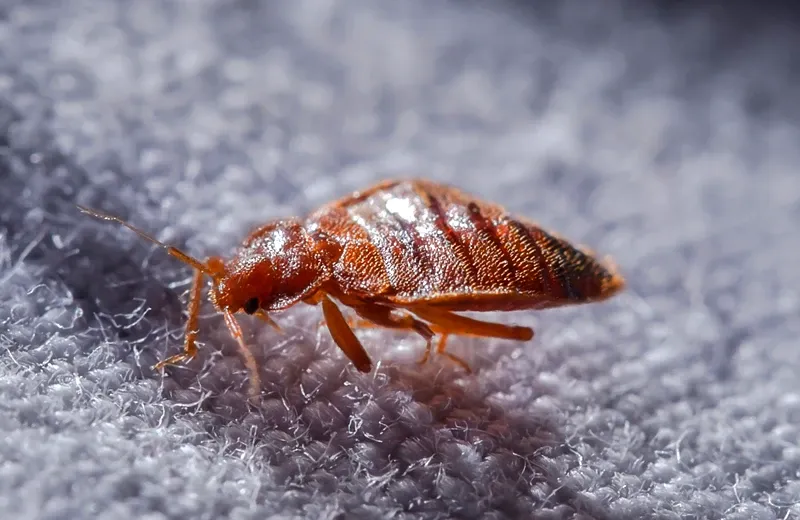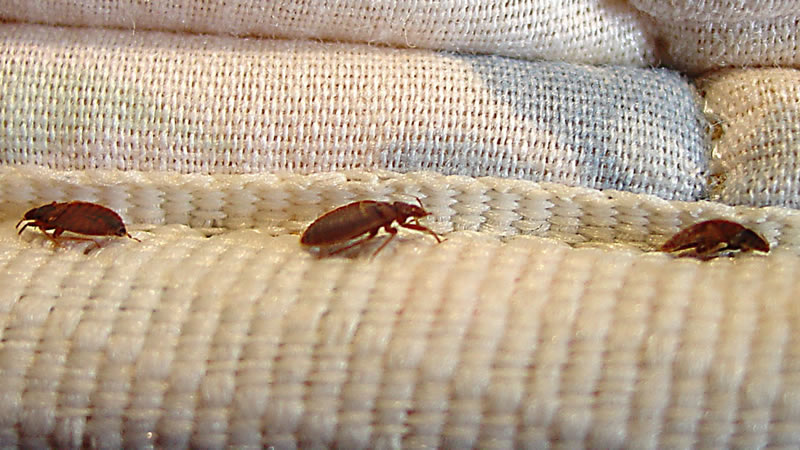Types of Parasite Control: Which Method Is Right for Your Problem?
When encountered with an insect invasion, the option of a suitable method for bug control is critical in effectively handling the situation. By checking out the numerous kinds of insect control methods available, individuals can make enlightened decisions tailored to their unique scenarios, guaranteeing an extra sustainable and effective outcome in parasite removal.
Chemical Pest Control
Chemical pest control entails using synthetic or naturally acquired chemicals to manage and get rid of pest populaces successfully. This method is frequently made use of in farming, forestry, and household setups to combat a vast range of parasites, consisting of weeds, rats, and bugs. Using chemical pesticides can supply fast and targeted services to pest invasions, making it a prominent option for numerous people and businesses.
Among the key advantages of chemical insect control is its capability to swiftly remove insects, minimizing the threat of damage to plants, residential or commercial property, and human health. By using particular chemicals that target specific insects, this approach can successfully regulate invasions while lessening harm to advantageous microorganisms and the environment when applied correctly.
However, using chemical parasite control also raises worries concerning possible adverse effects on non-target species, water resources, and human wellness. It is important to adhere to safety guidelines, apply chemicals sensibly, and think about alternative parasite control techniques to decrease these risks and guarantee lasting bug administration practices.
Organic Parasite Control
Organic insect control, likewise called biocontrol, makes use of living organisms to take care of and lower parasite populations normally. This technique uses the power of nature to regulate parasites without the demand for synthetic chemicals. Biocontrol can include the introduction of all-natural adversaries of the bug varieties, such as parasites, killers, or microorganisms, to suppress bug populaces. By utilizing the bug's all-natural predators or microorganisms, biological insect control supplies a eco-friendly and sustainable remedy to pest monitoring.

Mechanical Insect Control
Using physical and hand-operated techniques to take care of insect populaces, mechanical insect control provides an alternate strategy that does not depend on the usage of living microorganisms or artificial chemicals. This technique involves the usage of barriers, traps, or various other devices to physically prevent or remove parasites. By blocking insect entrance points or establishing traps to catch them, mechanical insect control can efficiently lower problems without presenting chemicals right into the setting.
One usual instance of mechanical parasite control is using insect prevention home mesh screens on doors and windows to avoid bugs from going into buildings. This easy yet reliable method acts as a physical barrier, maintaining parasites out while permitting proper ventilation. Furthermore, devices like mousetraps, fly swatters, and ultrasonic repellents drop under the mechanical pest control category.
While mechanical parasite control methods can be labor-intensive and need normal monitoring and maintenance, they offer a ecologically friendly and lasting option for handling parasite problems. By incorporating different mechanical techniques, homeowner can develop a detailed parasite control method that decreases reliance on chemical pesticides.
Physical Insect Control

Some typical physical insect control methods consist of the use of barriers such as webs or screens to avoid insect access, catches to record and eliminate insects, and hand-picking to physically get rid of pests from plants or frameworks. Furthermore, strategies like heat therapies can be made use of to regulate parasites like bed pests by elevating the temperature level to levels that are deadly to the insects.
Physical bug control is particularly helpful in incorporated parasite monitoring (IPM) approaches, where multiple bug control techniques are incorporated for effective parasite administration while minimizing making use of chemicals. By making use of physical parasite control strategies, people can properly address insect problems with minimal ecological effect.
Integrated Pest Administration
When executing physical insect control methods as component of bug administration approaches, Integrated Bug Administration (IPM) arises as an extensive method that leverages numerous methods to successfully regulate pest populations. IPM concentrates on long-lasting avoidance of he has a good point parasites via a combination of organic, cultural, physical, and chemical tools customized to certain pest issues. By integrating numerous control techniques, IPM intends to lessen the dangers related to parasites while additionally minimizing reliance on chemical options.
One secret facet of IPM is the focus on monitoring and evaluating pest populations to establish the most appropriate control methods. This proactive method enables early intervention and targeted methods, resulting in a lot more reliable pest administration. Furthermore, IPM advertises eco-friendly techniques by prioritizing non-chemical control techniques and only using chemicals as a last resource.
Conclusion

By using the pest's natural predators or microorganisms, biological parasite control supplies a ecologically pleasant and lasting service to pest management. - Kings exterminator cincinnati
Utilizing physical and hand-operated methods to handle insect populations, mechanical bug control provides an alternative strategy that does not rely on the use of living organisms or artificial chemicals.A reliable approach to managing insect populations without relying on chemical or biological techniques entails the use of physical insect control strategies.When applying physical bug control methods as part this of insect monitoring techniques, Integrated Pest Administration (IPM) emerges as a detailed approach that leverages different strategies to efficiently regulate pest populaces. Chemical parasite control involves the usage of pesticides, organic bug control uses natural predators, mechanical pest control includes physical obstacles, physical parasite control consists of trapping or eliminating pests, and incorporated bug monitoring incorporates multiple methods for a holistic approach to pest control.